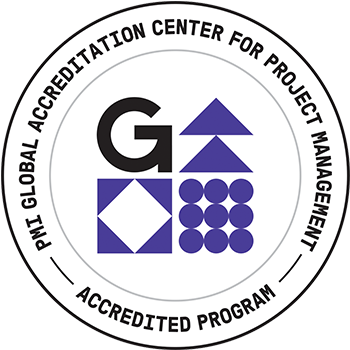
Paper and Presentation: The Art of Data-driven Forecasting
Abstract: This presentation will address the “art” of forecasting for agile-developed products.
Forecasting is a skill is half-art, half-science. The science part of forecasting is easy: estimate product backlog items, track what the agile team completes each iteration, add/remove/re-estimate items on the product backlog, and examine what’s left to do at the end of every iteration (sprint). Using rudimentary statistics, it’s easy to create a probabilistic forecast that shows various possibilities and probabilities of occurrence.
What is not easy is applying the “art” of forecasting. Artful forecasting involves using knowledge, experience and intuition to adjust the team’s forecast to better represent what is likely to occur in the future. Here are (at least) six questions we will explore:
- How much team history should I include?
- When should I anticipate my team’s reduced capacity to work?
- How should I modify my forecast to adjust for expected product backlog growth?
- How wide should my “cone of uncertainty” be?
- When should I override my team’s velocity?
- When should I override my team’s standard deviation?
I will demonstrate how to apply the “art” of agile forecasting using Statistical PERT, a freely-licensed, Excel-based spreadsheet that attendees can immediately download and use to create forecasts for their agile-developed products.
(Note: my 2020 UMD PM Symposium presentation, “When Will It Be Done? How To Forecast Answers To Your Toughest Agile Questions” demonstrated the “science” of agile forecasting. This presentation is the “art” of agile forecasting, which involves making choices about how to treat the team’s historical data).
Key take-aways:
- Exposure to Statistical PERT, a freely-licensed estimation and forecasting tool which is immediately available to attendees to use
- A list of specific questions (with my suggested guidance) on how a forecaster can apply their “art” to the “science” of forecasting
PMI Talent Triangle: Technical Project Management
Biography: William W. Davis works in the IT industry, promoting personal and organizational agility, and sharing innovative tools/techniques with fellow agilists, project managers, developers, functional managers, and organizational leaders.
William has 30 years’ experience working in IT as a software developer and technical project manager for numerous IT projects. More recently, though, William is a Scrum Master and an organizational agilist — creating/delivering customized agile/Scrum training, offering agile coaching, and mentoring others on their agile journey. William also performs traditional project management on 3rd-party procurement projects, and he handles divisional portfolio management, too.

